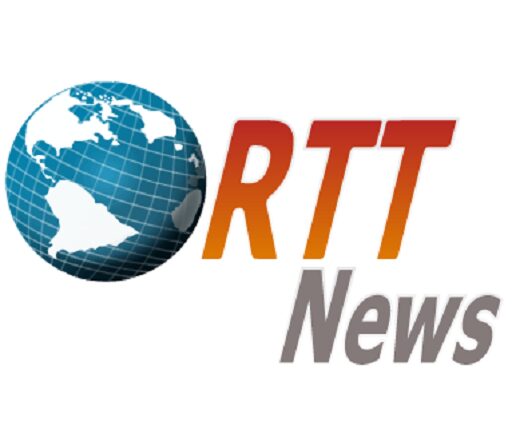Gold prices drifted lower on Thursday as the dollar climbed higher, buoyed by hawkish comments from some Federal Reserve officials.
In remarks at an event hosted by Greater Louisville Inc., St. Louis Fed President James Bullard suggested the central bank’s aggressive interest rate hikes have had “only limited effects on observed inflation.”
Bullard noted that the policy rate is not yet “sufficiently restrictive,” and also highlighted a dovish scenario that could take the funds rate to 5% and a hawkish rate at 7%.
Bullard said he is targeting a minimum of another 125 basis points in rate hikes, bringing the target range to 5 to 5.25%.
Also, strong U.S. retail sales data cast doubt on recent hopes that inflation is declining and that the Fed will scale down the pace of its rate increases.
The dollar index, which rose to 107.24, gave up some gains subsequently, but remains firmly above the unchanged line at 106.72, up more than 0.4% from the previous close.
Gold futures for December ended lower by $12.80 or about 0.7% at $1,763.00 an ounce.
Silver futures for December ended down $0.549 at $20.975 an ounce, while Copper futures for December settled at $3.6880 per pound, down $0.0855 from the previous close.
Edward Moya, senior market analyst at OANDA, says Bullard’s comment that the policy rate is not yet “sufficiently restrictive” is a big reminder that one needs to see the labor market weakens significantly before one can price in the end of their tightening cycle.
Moya is of the view that a top has been put in place with gold and prices could soften towards the $1,750 level.
In economic releases today, the Philadelphia Federal Reserve’s report showed regional manufacturing unexpectedly contracted at a faster rate in the month of November.
The Philly Fed said its diffusion index for current activity tumbled to a negative 19.4 in November from a negative 8.7 in October, with a negative reading indicating a contraction in regional manufacturing activity.
The decrease by the Philly Fed index came as a surprise to economists, who had expected the index to inch up to a negative 6.2.
With the unexpected slump, the index dropped to its lowest level since hitting a negative 43.1 in May 2020.
Source: Read Full Article
-
4 Crypto Stocks to Watch as Fed Seems Open to More Rate Hikes
-
Iron Mountain CEO William Meaney Allegedly Prays for Inflation While Quietly Dumping Stock
-
US CDC says new COVID lineage could cause infections in vaccinated individuals
-
BOQ shares hit 15-month low as margin pressures intensify
-
Treasuries Regain Ground Following Yesterday’s Sell-Off

